#sea water pollution
Text
In a dilapidated warehouse in Rafah, Soha Abu Diab is living with her three young daughters and more than 20 other family members. They have no running water, no fuel and are surrounded by running sewage and waste piling up.
Like the rest of Gaza’s residents, they fear the air they breathe is heavy with pollutants and that the water carries disease. Beyond the city streets lie razed orchards and olive groves, and farmland destroyed by bombs and bulldozers.
“This life is not life,” says Abu Diab, who was displaced from Gaza City. “There is pollution everywhere – in the air, in the water we bathe in, in the water we drink, in the food we eat, in the area around us.”
For her family and thousands of others, the human cost of Israel’s invasion of Gaza, launched after the Hamas attack on 7 October, is being compounded by an environmental crisis.
The full extent of the damage in Gaza has not yet been documented, but analysis of satellite imagery provided to the Guardian shows the destruction of about 38-48% of tree cover and farmland.
Olive groves and farms have been reduced to packed earth; soil and groundwater have been contaminated by munitions and toxins; the sea is choked with sewage and waste; the air polluted by smoke and particulate matter.
Researchers and environmental organisations say the destruction will have enormous effects on Gaza’s ecosystems and biodiversity. The scale and potential long-term impact of the damage have led to calls for it to be regarded as “ecocide” and investigated as a possible war crime.
continue reading
#israeli-occupied palestine#israeli war crimes#ecocide#gaza#environment#farmlands destruction#tree cover destroyed#groundwater pollution#sea water pollution#ecosystems destruction#free palestine
22 notes
·
View notes
Text
"Discarded shells from restaurants and hotels are being used to restore damaged oyster ecosystems, promote biodiversity and lower pollution in the city’s bays...
Nestled in between the South China Sea and the Pearl River Delta, Hong Kong has been seen historically as an oyster hotspot. “They have been supporting our livelihood since ancient times,” says Anniqa Law Chung-kiu, a project manager at the Nature Conservancy (TNC) in Hong Kong. “Both oysters and their shells are treasures to humans.”
Over the past five decades, however, the city’s sprawling urban development, water pollution, as well as the over-harvesting and frequent seafloor dredging by the lime industry – which uses the crushed shells to make construction material – have destroyed Hong Kong’s oyster habitats and made the waters less hospitable for biodiversity.
The more oyster colonies falter, the worse the problem gets: oysters are filter feeders and purify water by gobbling up impurities. Just one Hong Kong oyster can filter up to 200 litres of water a day, more than any other known oyster species. But decades of rapid industrialisation have largely halted their water-purifying services.
The depletion of Hong Kong’s natural oyster reefs also affects the ability of local farmers to sustainably cultivate their oysters in a healthy environment, denting the reputation of the city’s 700-year oyster farming tradition, designated by Unesco as an “intangible cultural heritage”.
Inhabitants of the coast feel abandoned, says Ken Cheng Wai-kwan, the community leader of Ha Pak Nai on Hong Kong’s Deep Bay, facing the commercial city of Shenzhen in China. “This place is forgotten,” Cheng says. “Oysters have been rooted here for over 400 years. I ask the question: do we want to lose it, or not?”
A group of activists and scientists are taking up the challenge by collecting discarded oyster shells and recycling them to rebuild some of the reefs that have been destroyed and forgotten in the hope the oysters may make a comeback. They’ve selected locations around the island where data they’ve collected suggests ecosystems still have the potential to be rebooted, and there are still enough oyster larvae to recolonise and repopulate reefs. Ideally, this will have a positive effect on local biodiversity as a whole, and farming communities.
Farmers from Ha Pak Nai were among the first to hand over their discarded shells to the TNC team for recycling. Law’s team works with eight oyster farmers from Deep Bay to recycle up to 10 tonnes of shells every year [over 22,000 pounds]. They collect an average of 870kg every week [over 1,900 pounds] from 12 hotels, supermarkets, clubhouses and seafood restaurants in the city, including some of its most fashionable establishments. About 80 tonnes of shells [over 176,000 pounds] have been recycled since the project began in 2020.
Restaurants will soon be further incentivised to recycle the shells when Hong Kong introduces a new fee for waste removal – something that is routine in many countries, but only became law in Hong Kong in July and remains controversial...
Preliminary data shows some of the restored reefs have started to increase the levels of biodiversity, but more research is needed to determine to what extent they are contributing to the filtering of the water, says Law.
Scientists from the City University of Hong Kong are also looking to use oyster shells to increase biodiversity on the city’s concrete seawalls. They hope to provide tiny, wet shelter spots around the seawall in which organisms can find refuge during low tide.
“It’s a form of soft engineering, like a nature-based solution,” says Charlene Lai, a research assistant on the team."
-via The Guardian, December 22, 2023
#oyster#oyster farming#sea shells#seafood#hong kong#ecosystem restoration#biodiversity#ecosystem#water pollution#clean water#cultural heritage#marine life#marine animals#marine science#good news#hope
805 notes
·
View notes
Text
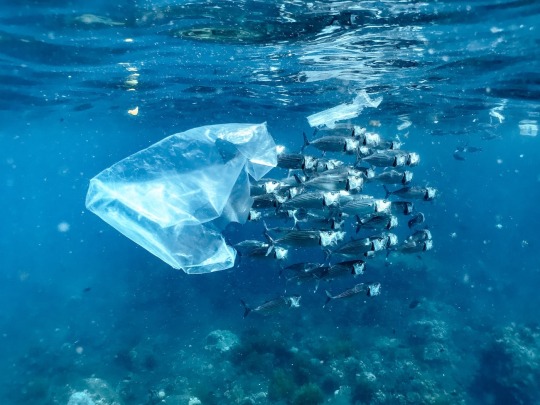



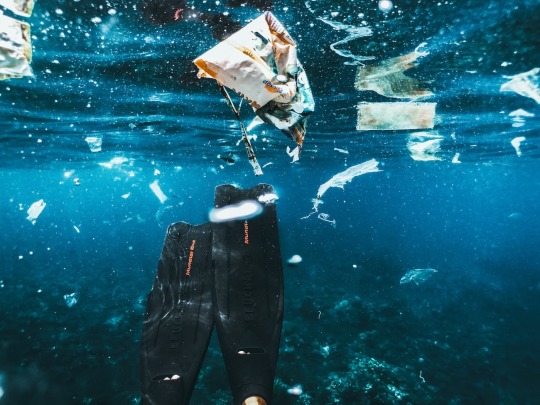

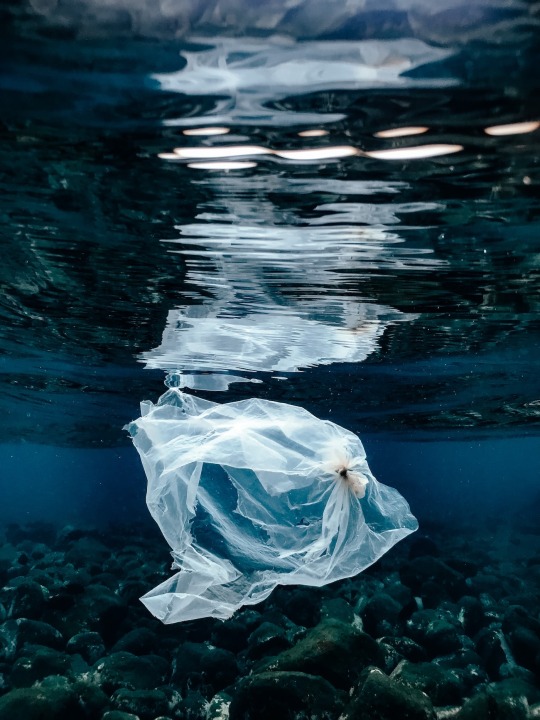
Powerful Photos by Naja Bertolt Jensen
#ocean#sea#underwater#animal#saltwater#photography#water#fish#dive#pollution#seaweed#algae#sea life#marine animal#marine wildlife#marine conservation#marine ecosystem#ocean conservation#ocean life
67 notes
·
View notes
Text
youtube
#good news#environmentalism#science#ocean cleanup#save our seas#trash clean up#environment#video#pbs#wild hope#direct action#water pollution#Youtube
12 notes
·
View notes
Text
Pacific islands move to recognise whales as legal persons in a bid to protect them
youtube
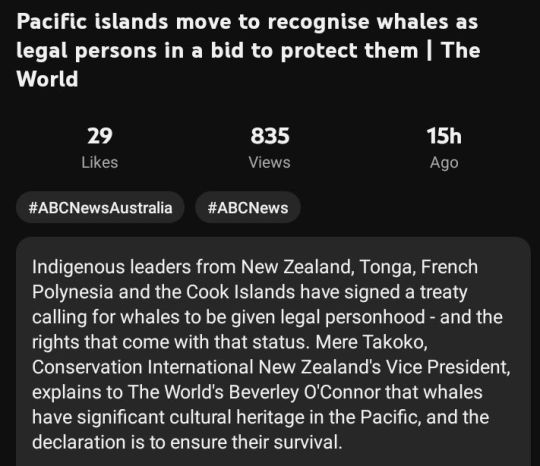
#pacific islands#animal rights#animalrights#ausgov#politas#auspol#tasgov#taspol#australia#sea#ocean#ocean life#fuck neoliberals#neoliberal capitalism#anthony albanese#albanese government#pollution#pollutants#polluted water#global warming#animals#animal#whale sub#whale shark#children of the whales#killer whales#the one with the whales#whales#whale tail#whale weekly
16 notes
·
View notes
Text
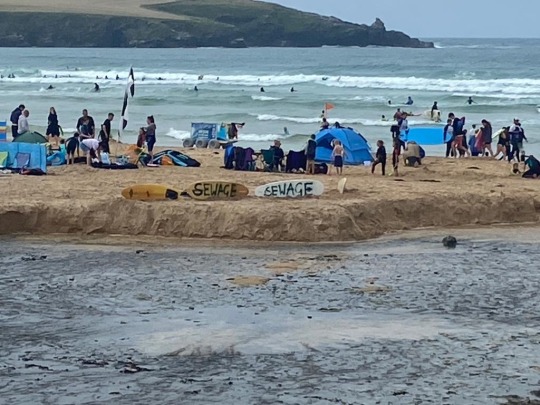

#uk#tory#conservative party#staycation#don’t swim in UK seas#gastroenteritis#sewage#ukpol#nasty party#pollution#sh*tpost#seriously sh*t post#tourism#water companies#utilities#criminals#capitalism#privatisation#effluent
22 notes
·
View notes
Text

Stoplight has a phenomenal sense of smell but only in water. Like sharks, he can detect minute changes in the environment, picking up the trails of wounded prey even if there are only a few drops of blood. Not only that but he can tell what kind of blood, if it's his prey or simply an unfortunate creature who has escaped one predator only to catch the attention of another. Above ground, Stoplight's sense of smell isn't amuch better than a human's - in fact it's worse due to his lack of experience on land, like not being able to tell what on earth coffee is.
#🫧 || musings#🫧 || headcanons#He can pick up a lot of environmental cues like blood in the water or pollution#Could follow wounded prey for miles at sea#He's sensitive to the ocean currents so tracking is easy#Get him above ground though and he has no idea what even the simplest aromas are#Freshly cut grass? WTF is that?? Coffee? No idea. Flowers? Give him a minute...#Perks of being able to breathe both water and air but cursed to be proficient in one only
6 notes
·
View notes
Text
Day 8: Algae bloom

Apparently it's not natural for there to be so much algae. I remember in school they taught us how it could completely wreck an ecosystem
Barely missed the day, like it's 23:54 right now
--This image is part of the public domain, meaning you can do anything you want with it ! (you could even sell it as a shirt, poster or whatever)--
#art#copyright#free art#open source#public domain#photography#marine biology#sea#algae#green algae#algae bloom#water#ecosystem#ecology#pollution#aquatic life#biology
3 notes
·
View notes
Text

Every now and then I want to create a piece with a message involved, and I hope this piece clearly conveys that. One day, hopefully, humanity will be better.
#sea#sea life#seagull#ocean view#pollution#polluted water#politics#social issues#nature#recycle#my art#waste#illustration#illustrators on tumblr#digital illustration
2 notes
·
View notes
Text
do you think the sea of a thousand currents is just lake baikal?
#thinkin about this#thinkin about how the sea of 1k currents makes no sense#how polluted do you think the depths are?#do you think parts of the leviathan trench are anoxic?#how do whales live there if it's fresh water?#starfish????#how does it work?
3 notes
·
View notes
Text

Which is the greater DANGER?
Nuclear Wars?
or
Plastic pollution?
Nuclear Wars may never occur because of the
"Fear Factor"!
But,
PLASTIC POLLUTION is happening everyday!
Nano-particles in plastics,
On our land, fresh and sea water,
Will Extinct many lifeforms,
INCLUDING US!!! ... Misha
#Nuclear War#Danger#questions#plastics#plastic pollution#land#fresh water#sea water#extinction#World#nature#australia#tumblr#tumblrites
0 notes
Text

1960’s vintage poster by Gerritt Vandersyde for the RSPCA.
#art#rspca#poster art#water pollution#pollution#gerritt vandersyde#1960s art#sea birds#birds#wild birds#oil spill
0 notes
Text
The Saint Protector Against Polluted Water
Carantoc, a saint who lived in the 5th-6th century, was a monk and bishop of Cardigan in Wales. Not much is known about him, and several details of his life are obscure or contradictory. He is also referred to by various names: the only constant element is the date of his feast day, May 16th, which means that all cults refer to the same saint.
It is said that he was the son of the king of…

View On WordPress
#altar#Arthur#bishop#Carantoco#cure#dragon#help#king#legends#monastery#monk#patron#pollution#protector#Saint#sea#St. Patrick#water
1 note
·
View note
Text

Hundreds of green activists face legal threats from private companies and governments
#scotland#scottish#161#1312#sea#ocean#ecology#econotego#pollution#pollutants#polluted water#polluted air#ausgov#politas#auspol#tasgov#taspol#australia#fuck neoliberals#neoliberal capitalism#anthony albanese#albanese government#climate change#climate crisis#climate action#climate catastrophe#climate emergency#eat the rich#eat the fucking rich#environmental activism
3 notes
·
View notes
Photo
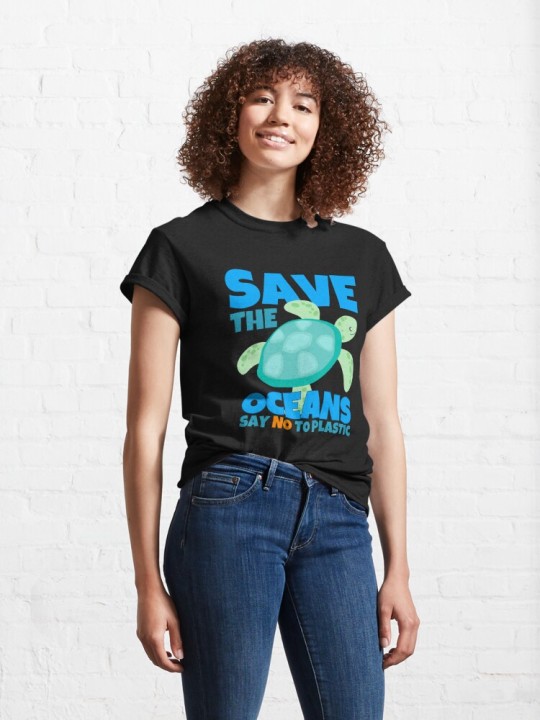
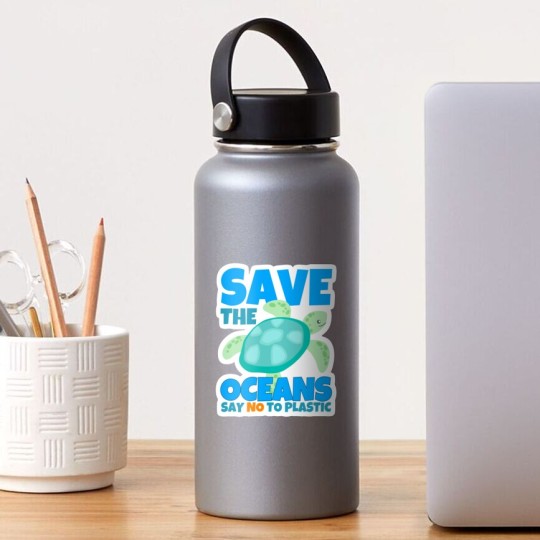
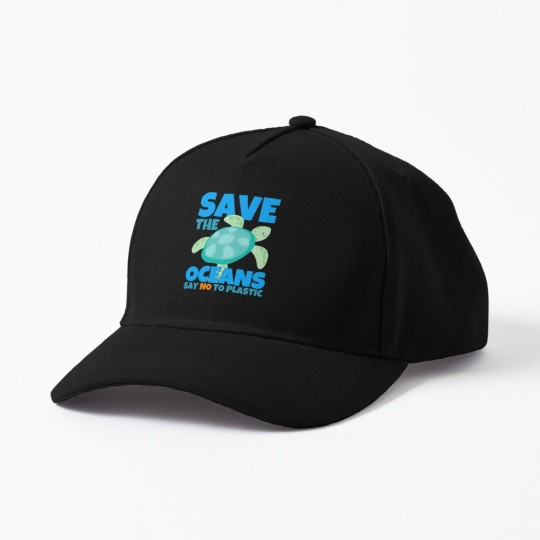


(via "Save The Oceans Say No To Plastic" Classic T-Shirt for Sale by ricricswert)
Find more products with this design in my shop.
#findyourthing#redbubble#save the oceans#say no to plastic#ocean pollution#sea pollution#water pollution#ecology#environmetalists#climate change#global warming
0 notes
Text

[ID: drawings of a golem animated by a palestinian flag painted on its forehead. it is seen: holding out its arms protectively in front of a crowd of children, the children also hold each other supportively; catching an air strike missile from the air and throwing it away or crushing it in its fist; turning its back so that a child can warm her hands by the earth oven built into its back, food in a pot is cooking on the fire and a boy holds a cup of steaming tea to his face and enjoys the aroma; clearing away rubble so a man can help up his wife who was buried underneath, she is clutching a baby to her chest; stooping down to look at a kitten a young boy is holding up to show it; and dissolving small flakes of clay from its finger into a glass of water, purifying it. end ID]
@fairuzfan asked people to create and share art for the strike. i wrote an artist statement and then set about trying to draw what i envisioned. artist statement below.
This golem is a protector that I wish I could gift to the children and adults in Gaza. The flag on its forehead is to show that love for the Palestinian people is an animating force for people fighting for a free Palestine all over the world, especially for those in Palestine who are trying to free themselves and their people. Love is the motivation for the call for a free Palestine, not hatred like people try to claim. It is very strong and fast and can catch air strikes out of midair and crush them to dust or throw them back in the direction they came from. It can lift all the rubble of a collapsed building very quickly so nobody can get trapped underneath. It has an earth oven in its back with an ever-burning flame that people can use to warm themselves and cook food and heat water to use to bathe themselves or make tea. Pieces of its clay can be crumbled up and mixed into water to make even the most brackish and unclean water pure and safe to drink.
The golem is always a bit of a tragic figure so I don't imagine it staying around forever once Palestine is free and it is no longer needed. I think it would use its great strength to help rebuild the destroyed houses, churches, schools, universities, hospitals, and mosques and then dive into the Jordan river and dissolve. It would clean the river of all pollution and make the water splash up over all the newly replanted fruit trees, causing them to grow big and strong. Its love for Palestine and its people can be tasted in the fruit they grow for generations.
I choose a specifically Jewish icon of protection because of how it feels to witness such horrors done in the supposed name of Judaism and the Jewish people. For many anti-zionist Jews, we feel like we are acting directly within the teachings of our stories and communities by opposing this genocide. It is difficult to understand how the very people and institutions who taught us these values now fight against them so fiercely. While obviously I would still oppose Israel were I not Jewish, the way I oppose Israel is directly informed by my Jewishness. I hope that someday, somehow, Judaism can bring as much joy and support to the Palestinian people as it has brought grief and destruction. That Jewish symbols used in the name of love and justice will bear more significance than the ones used in shows of hatred. Knowing the depth of the harm caused, I do not know if this is possible. But this artwork and everything I have dedicated myself to these past few months and continue to dedicate myself to in the future is born from this hope. I love you. Thank you for being on this planet with me. From the river to the sea, Palestine will be free! And it will be beautiful.
8K notes
·
View notes